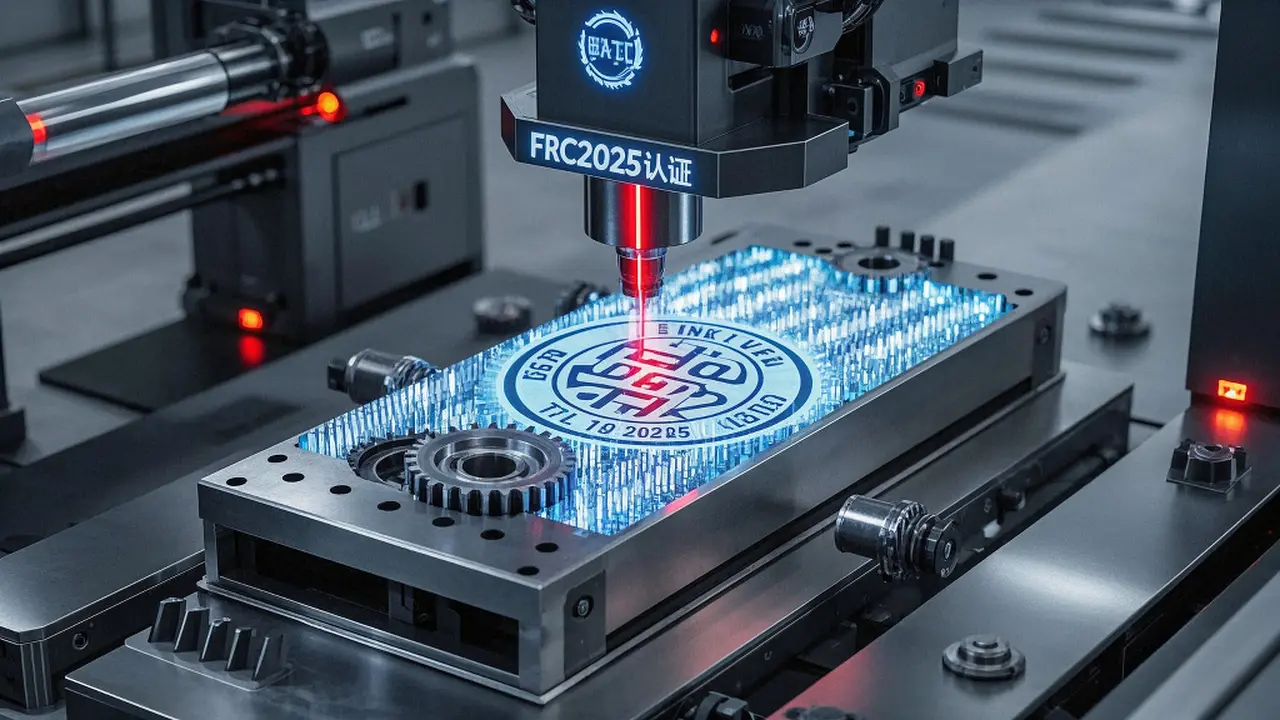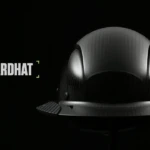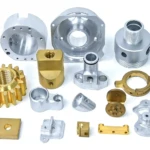Mastering Low-Volume, High-Variety Production: Layout Strategies for Flexibility and Efficiency
In today’s dynamic manufacturing environment, companies like Wing Keung Bingo Equipment Company and Quonset Hut Manufacturers must adapt to low-volume, high-variety production without compromising efficiency or increasing costs. Optimal layout strategies not only streamline production workflows but also enhance agility, reduce setup times, and lower inventory costs. This guide explores the most effective layout strategies—such as Cellular/Modular Layouts combined with Flexible Manufacturing Systems (FMS)—and offers actionable insights to help niche manufacturers thrive.
What Layout Strategy Best Suits Low-Volume, High-Variety Production?
Key Layout Strategies Explained
Cellular Layout:
Machines and workers are grouped into cells dedicated to specific product families. For example, Wing Keung Bingo employs specialized cells for custom bingo card production, which helps streamline operations and reduce setup times.Job Shop Layout:
Equipment is organized by function—such as welding, CNC machining, or bending—allowing parts to follow flexible routing. Quonset Hut manufacturers often utilize dedicated welding and bending stations to adapt to varied product requirements.Flexible Manufacturing System (FMS):
By combining automated CNC machines with real-time reprogramming capabilities, FMS allows manufacturers to quickly switch between different products. For instance, 5-axis CNC machining can produce diverse metal parts with minimal downtime.Fixed-Position Layout:
In cases where products are too large or heavy to move, the workpiece remains stationary while tools and workers move to it. This layout is common in large Quonset Hut assembly lines.
Why Cellular/Modular Layout Wins
Flexibility: Cells can be reconfigured quickly to accommodate new product variants.
Reduced Setup Time: Dedicated tooling and standardized processes minimize downtime.
Cost Control: Efficient use of floor space and labor reduces overall production costs.
Overcoming Challenges in Low-Volume Production
Problem: Low Sales Volume Due to Product/Market Fit
Solution:
Implement agile prototyping using 5-axis CNC machines to rapidly iterate designs. Wing Keung Bingo, for example, uses rapid prototyping to fine-tune their custom bingo equipment, ensuring a better market fit.
Problem: High Variety Increases Complexity
Solution:
Adopt hybrid layouts that blend job shop and cellular configurations. Standardized modules—such as interchangeable panels in Quonset Huts—combined with digital twin technology allow manufacturers to simulate and optimize production flows before physical setup.
Case Study – Wing Keung Bingo Equipment Company
Wing Keung Bingo faces the challenge of producing over 50 bingo machine variants annually, with batch sizes ranging from 10 to 50 units. By implementing a cellular layout:
Electronic Assembly Cells: Dedicated to producing custom circuit boards.
Metal Framing Cells: Use 5-axis CNC machining to produce custom brackets and housings on-demand.
Testing Cells: Ensure every variant meets quality standards.
Result:
Order fulfillment accelerated by 30%.
Inventory costs reduced by 20%.
Leveraging Technology for Low-Volume Success
5-Axis CNC Machining
Role:
Enables the production of complex, low-volume parts without extensive retooling.Benefits:
Single-setup machining for intricate 360° geometries with tolerances ≤ ±0.005 mm.
IoT and Data Analytics
Function:
Monitor machine utilization and predict maintenance needs, optimizing cell workflows and reducing downtime.
Cost-Saving Tips for Niche Manufacturers
Bundling Orders:
Group similar low-volume jobs, such as multiple Quonset Hut orders, to achieve economies of scale.Lean Inventory:
Employ Just-in-Time sourcing to minimize storage costs.Outsource Non-Core Tasks:
Partner with specialized providers like Great Light for CNC machining and finishing, allowing you to focus on core competencies.
Future Trends in Flexible Manufacturing
AI-Driven Layout Optimization:
Algorithms now reconfigure production workflows in real time based on demand, reducing idle time.Additive Manufacturing:
On-site 3D printing of jigs, fixtures, or low-volume components further enhances flexibility.Digital Twin Technology:
Virtual simulations enable proactive adjustments, ensuring smoother transitions and reduced setup errors.
Why Partner with Great Light CNC Machining?
Expertise in Low-Volume Production
Great Light leverages state-of-the-art 5-axis CNC machining and advanced digital tools to handle complex geometries efficiently. Our facility supports a variety of materials—from aluminum and steel to composites—ensuring your custom sheet metal parts meet the highest quality standards.
Value-Added Services
We offer a complete suite of services including anodizing, powder coating, and laser engraving. With ISO 9001-certified quality control, our rapid turnaround (10–15 days for production orders) and zero MOQ support provide unparalleled flexibility.
Fast Turnaround and Transparent Pricing
Our online quoting system delivers instant, transparent pricing with volume discounts, making it easy to optimize cost-efficiency for small-batch, high-variety orders.
Get Started Today:
Upload your CAD file for a free quote tailored to your low-volume, high-variety production needs and discover how our layout strategies and cutting-edge technology can transform your manufacturing process.
Conclusion
What Layout Strategy Deals With Low Volume High Variety Production?Mastering low-volume, high-variety production requires strategic layout planning and the integration of advanced manufacturing technologies. By adopting cellular and modular layouts, leveraging 5-axis CNC machining, and implementing digital tools like IoT and digital twins, manufacturers can achieve flexibility, efficiency, and significant cost savings. Partnering with industry leaders like Great Light ensures that your production process is optimized for rapid prototyping and scalable manufacturing, setting the stage for sustainable growth in niche markets.

















